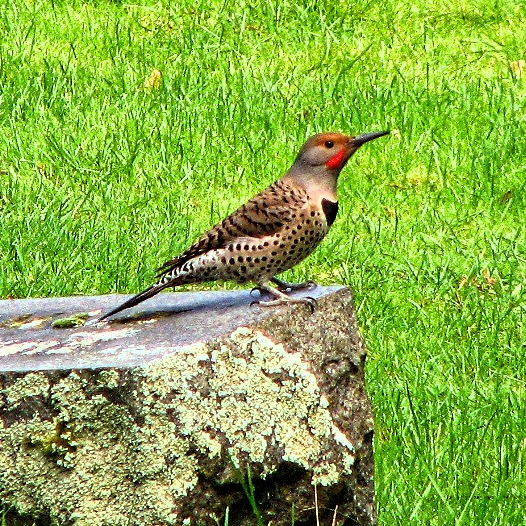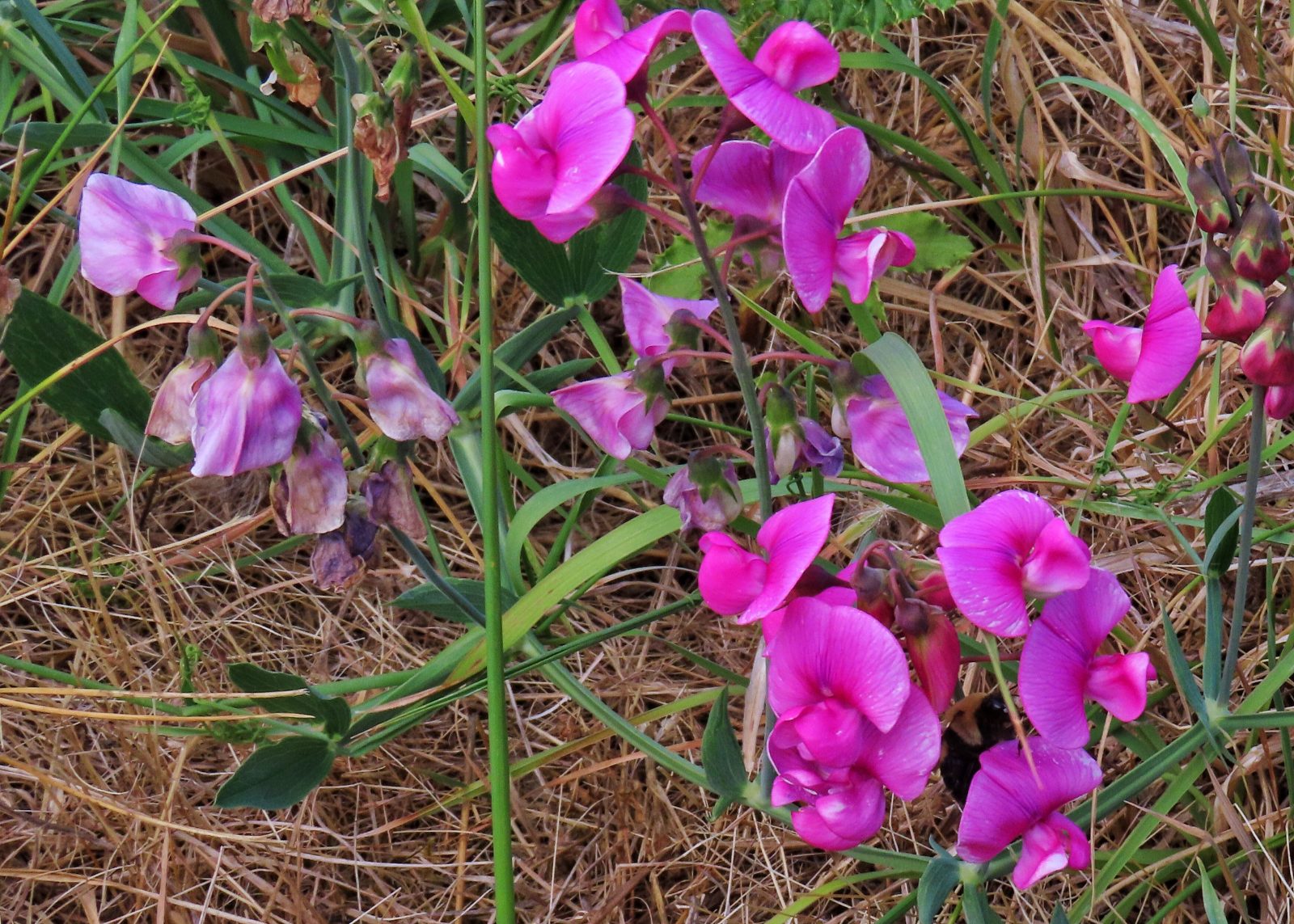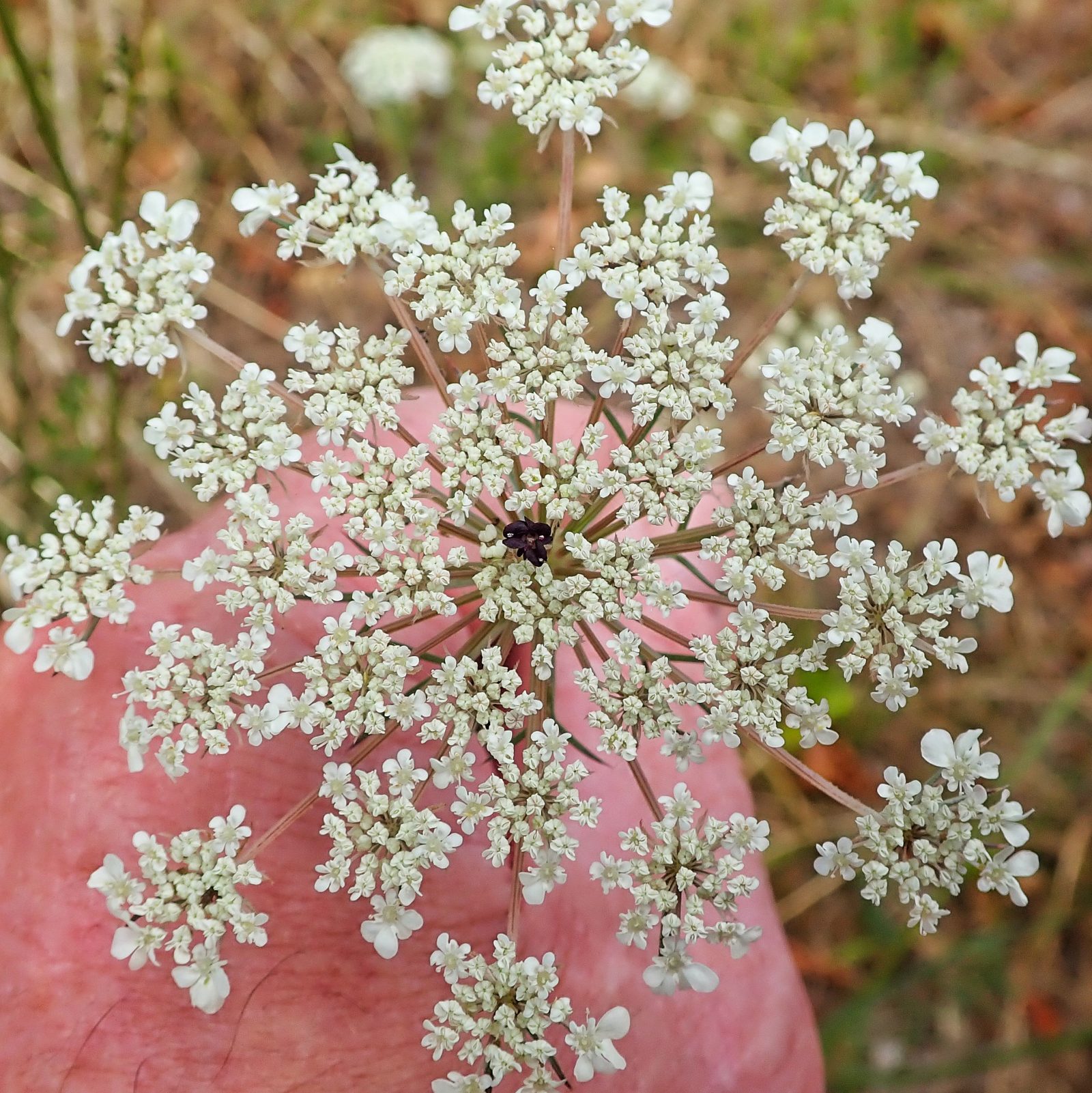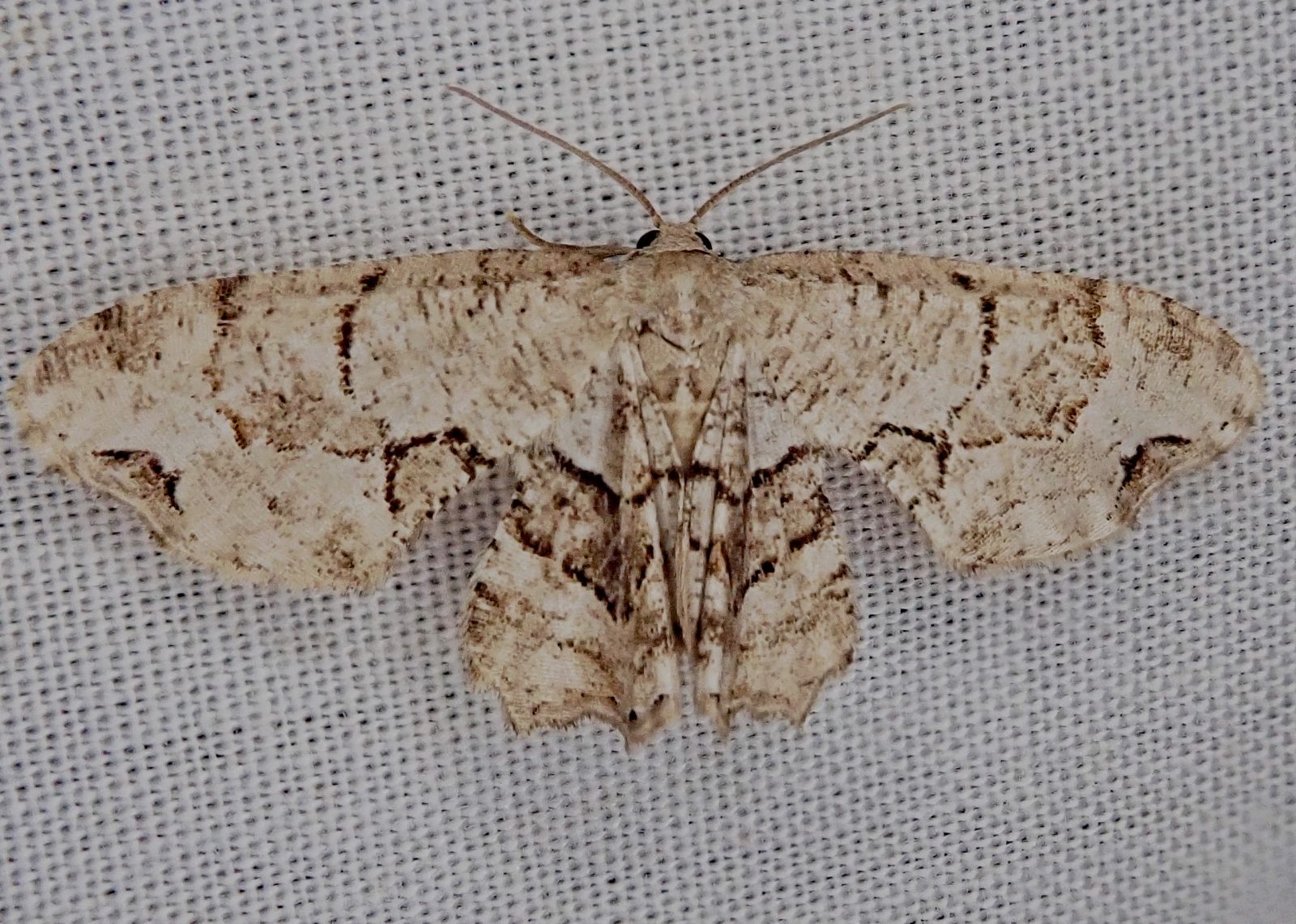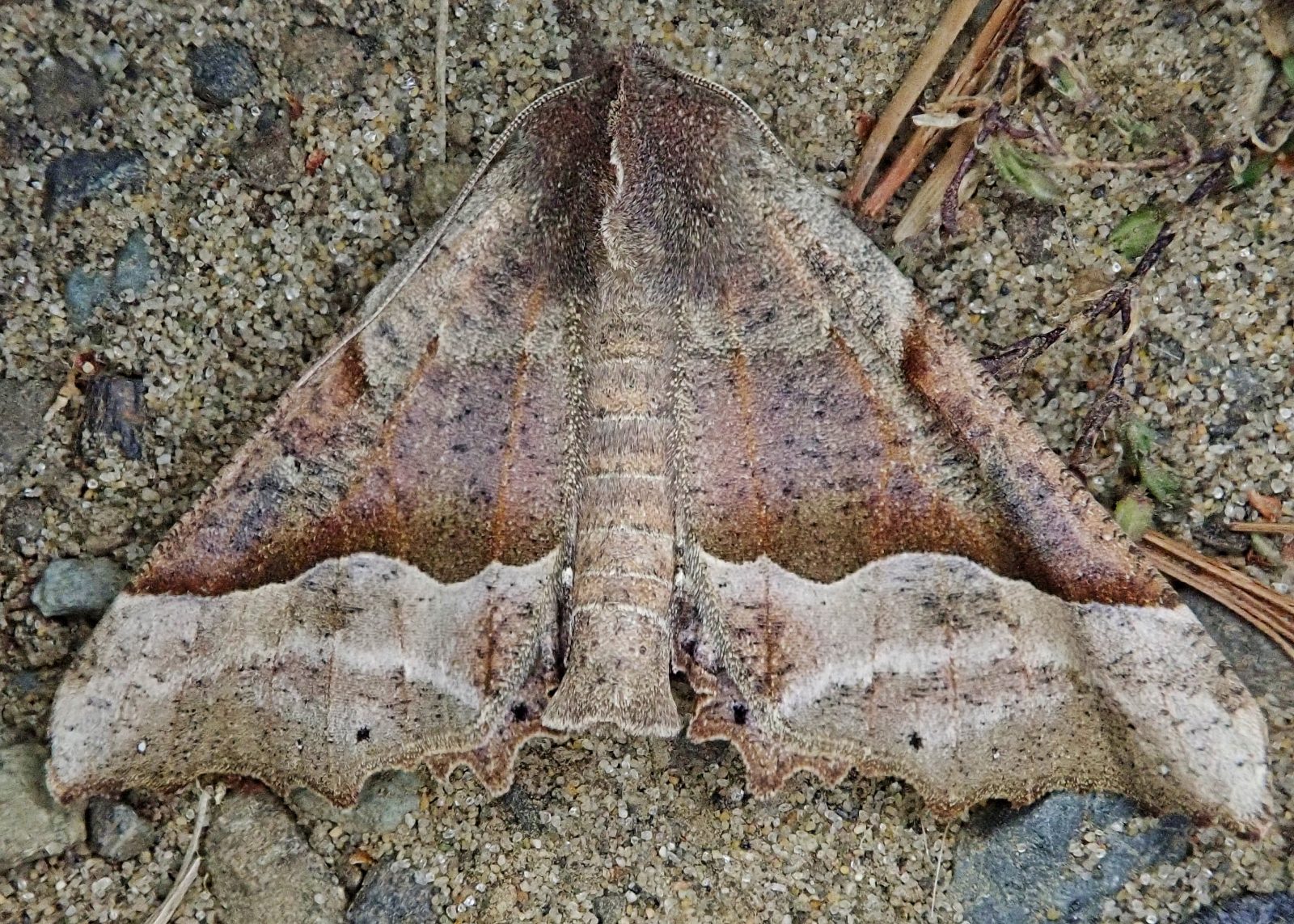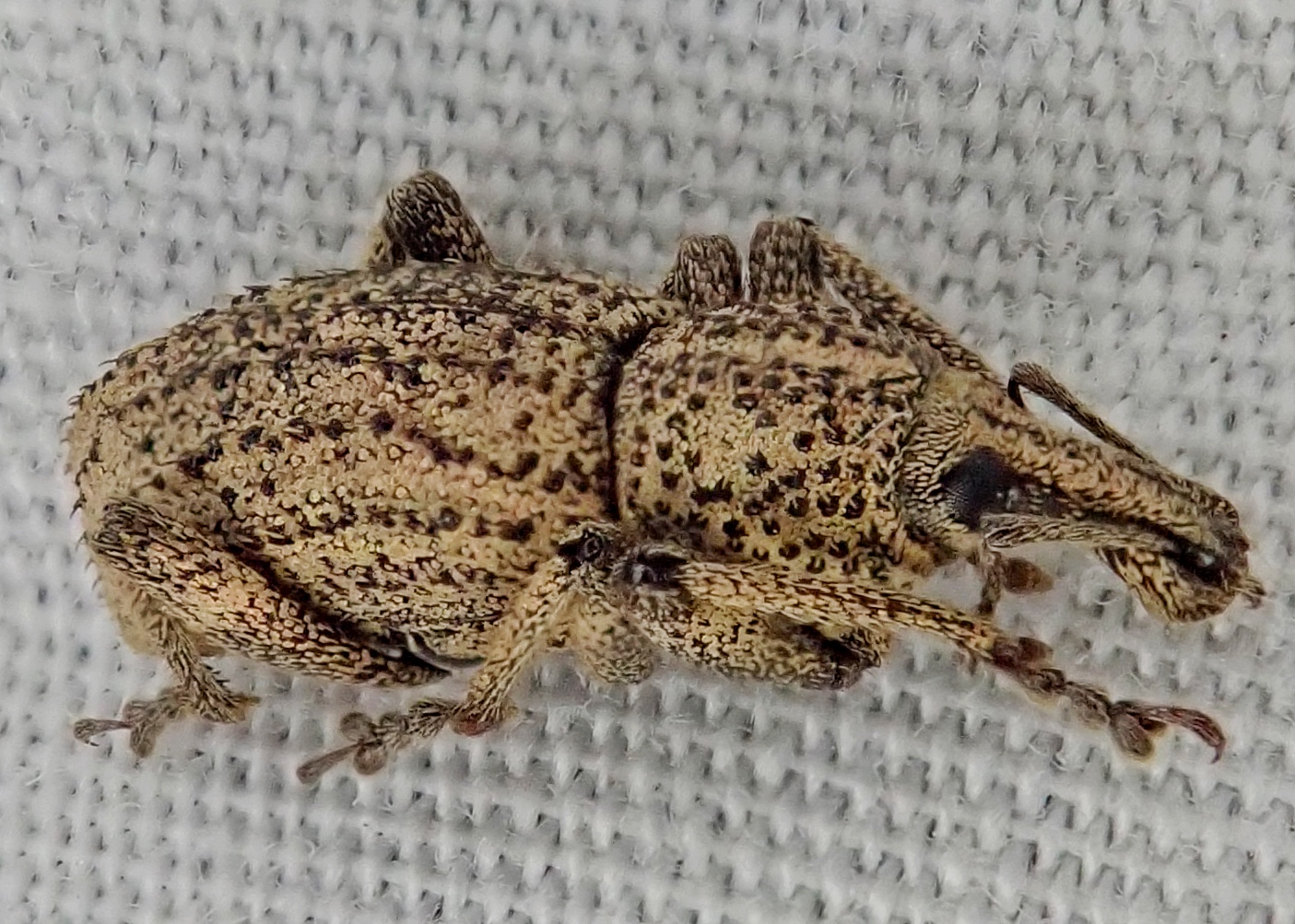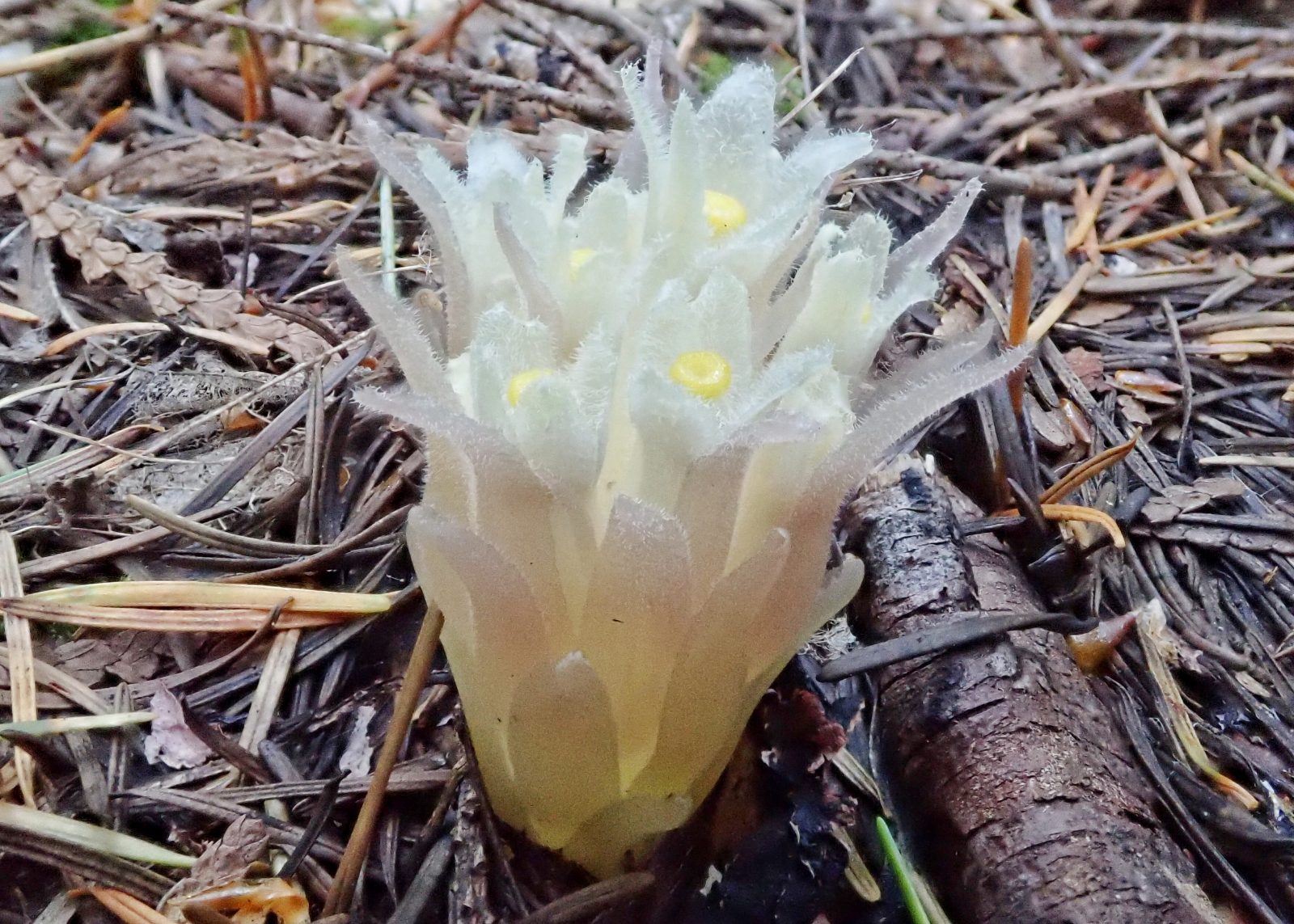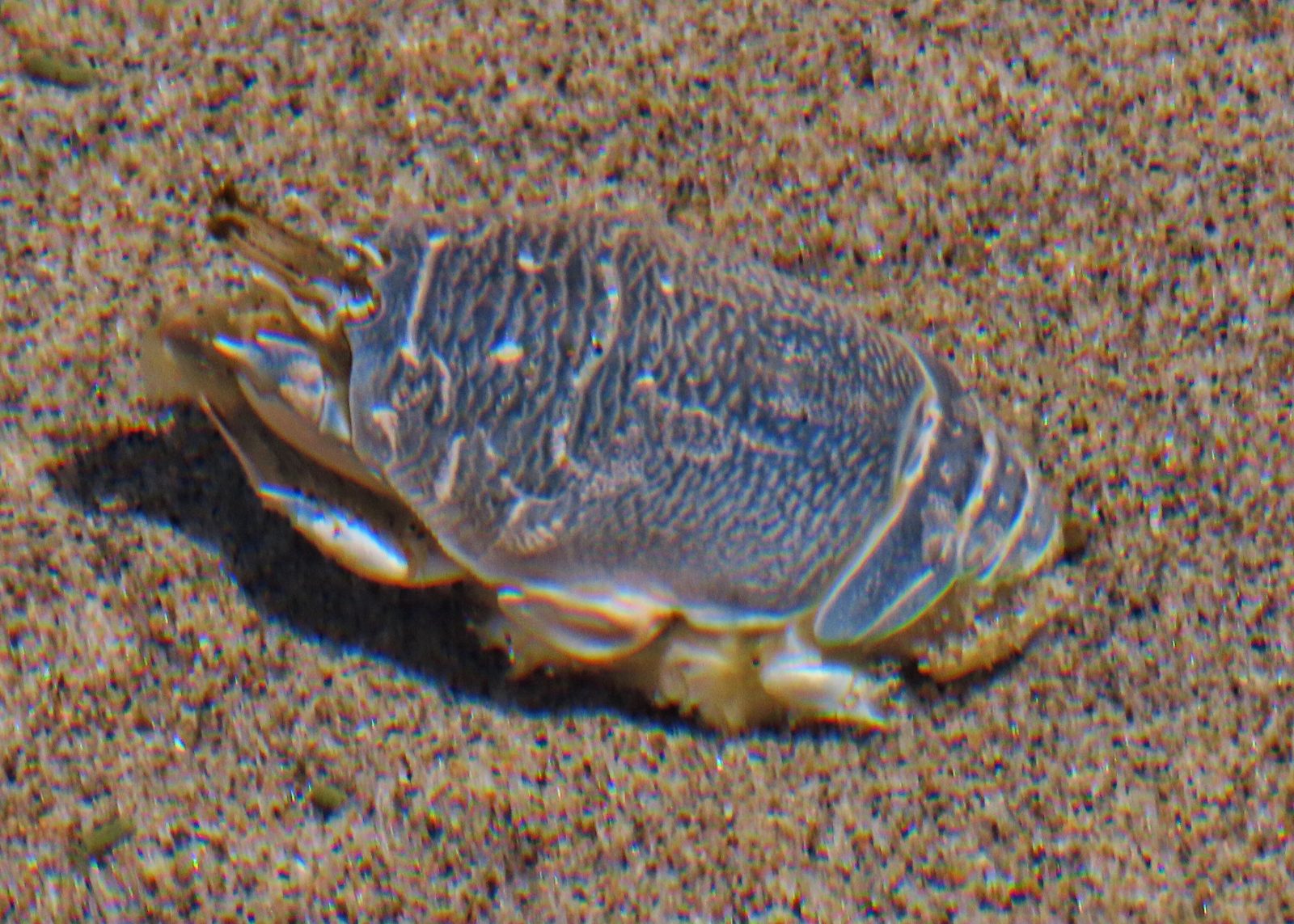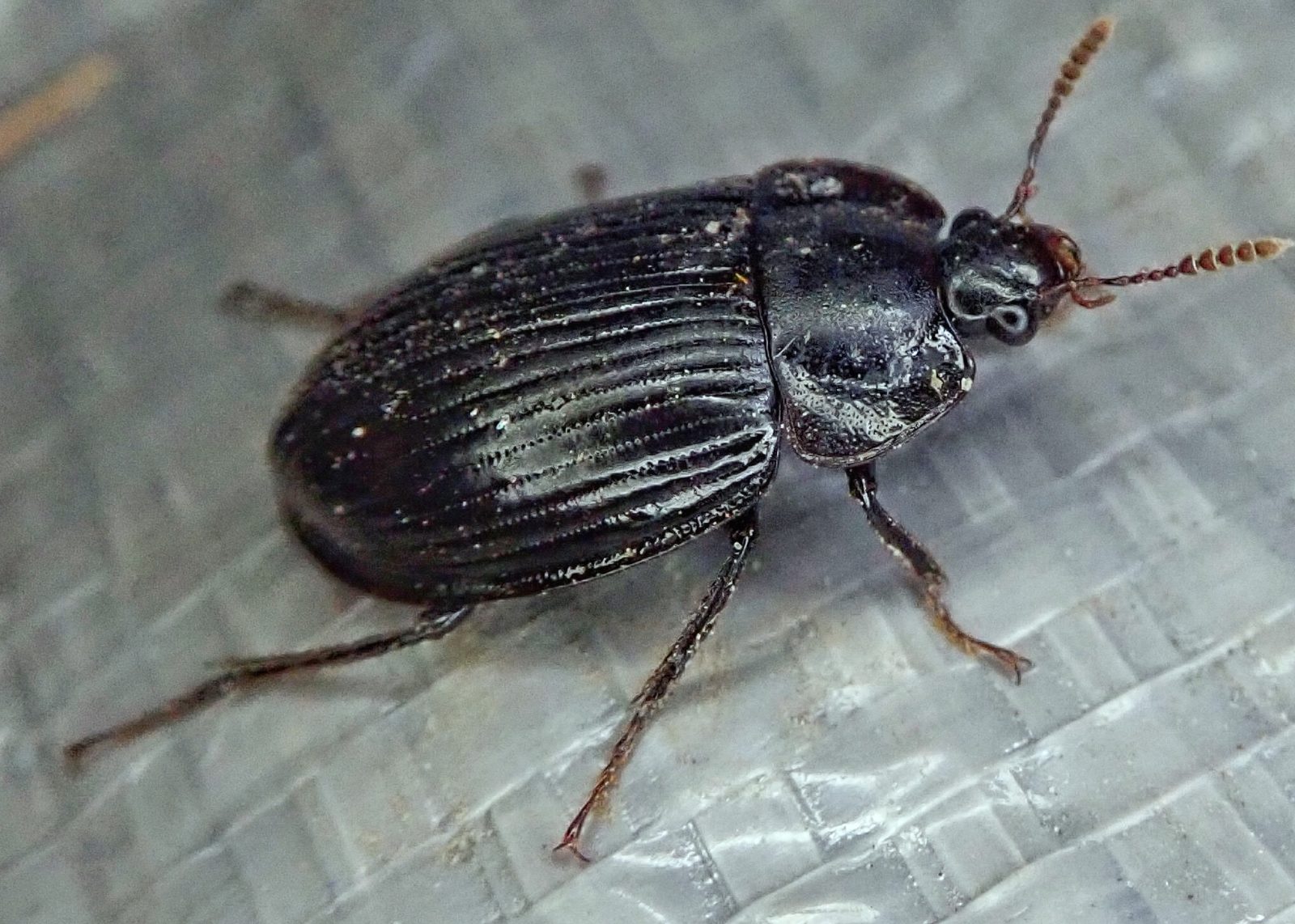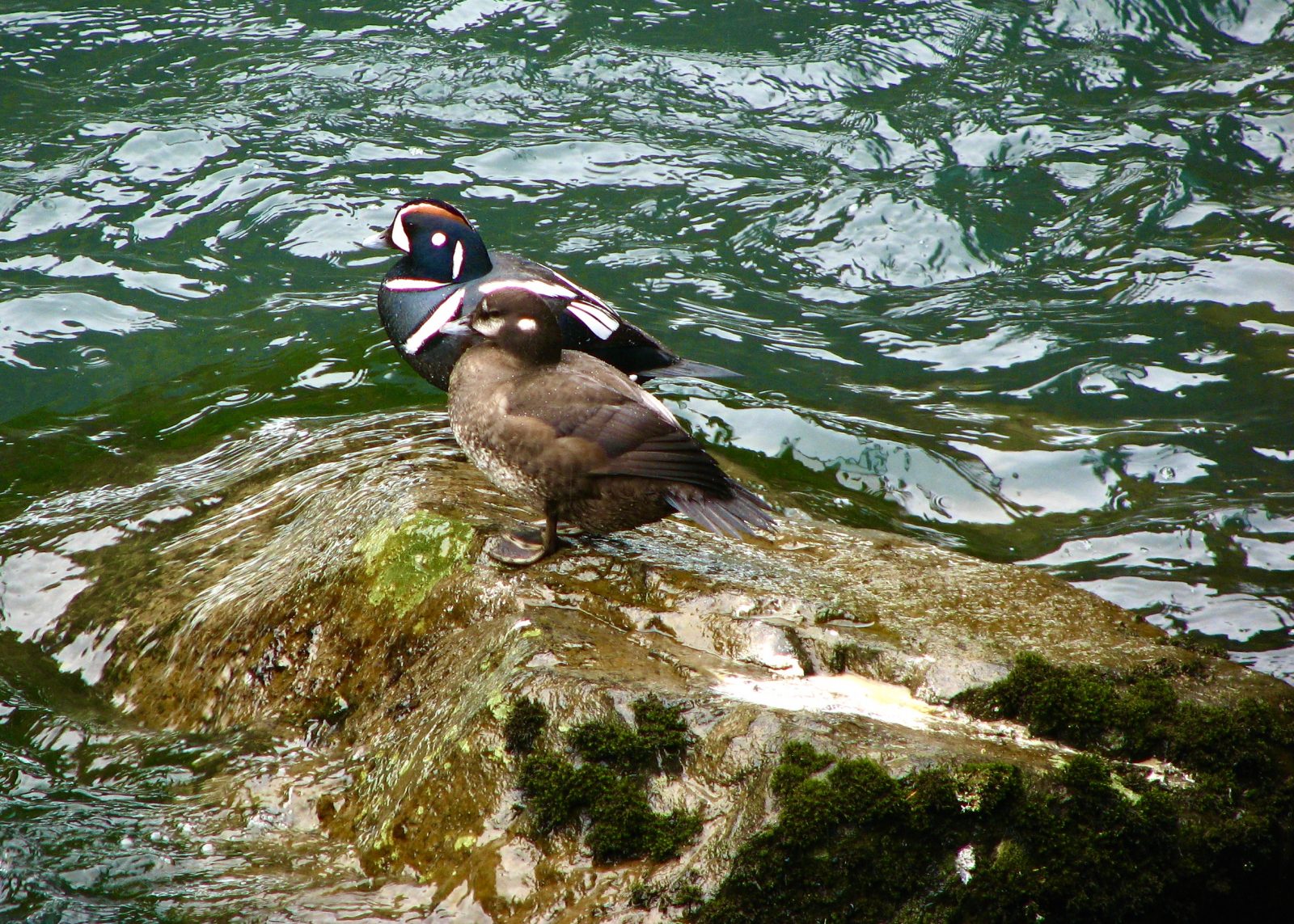This is a large (12” tall) brown (with black barring and speckles) woodpecker of forest edges and openings, with a…
This large, sprawling, yet often bushy and very common wildflower is easily identifiable by its large and showy white, pink,…
The common name of this plant is derived from the, probably apocryphal, story that Queen Anne (which could be Anne,…
This is the only member of the family Uraniidae (Swallowtail Moths) in our region. Uraniidae, a family of mostly showy…
This is the largest (FW length 21-25mm) of our PNW Peros. Ironically there is one called P. gigantea, which flies…
This weevil is a member of the family Curculionidae (Snout and Bark Beetles), Subfamily Entiminae (Broad-nosed Weevils). They are 6-11mm long,…
Hemitomes is a monotypic genus of monotropoids in the eudicotic family Ericaceae, containing only the parasitic plant Hemitomes congestum. These…
These crustaceans are found on sandy beaches in the swash zone of the intertidal region. They burrow backwards into the…
These are in Agyrtidae, the Primitive Carrion Beetles. They call them Flat Brown Scavenger Beetles, but most of the ones…
With plumage befitting an Italian court jester (whose tricks or histrionics give this species its scientific names), the male Harlequin…
